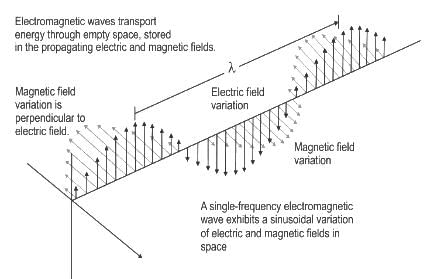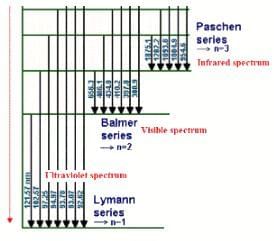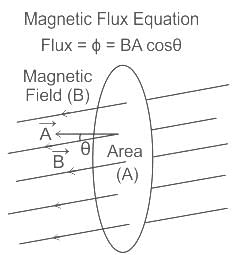Physics: CUET Mock Test - 4 - CUET MCQ
30 Questions MCQ Test CUET Mock Test Series - Physics: CUET Mock Test - 4
A transformer is used to light 100 W 25 volt lamp from 250 Volt ac mains. The current in the main cable is 0.5 A. Calculate the efficiency of the transformer.
To convert a galvanometer into an ammeter, one should connect :
Given below are two statements :
Statement I: The electric field produced by a scalar source is known as electric charge.
Statement II: The magnetic field produced by a vector source is known as current element (I dl).
In the light of the above statements, choose the correct answer from the options given below:
Statement I: The electric field produced by a scalar source is known as electric charge.
Statement II: The magnetic field produced by a vector source is known as current element (I dl).
Which of the following rays are used in doing LASIK (Laser - Assisted in Situ keratomileusis) eye surgery?
The magnetic field of a plane electromagnetic wave is given by Bx = 2 × 10-7 sin (0.6 × 103y + 2 × 1011t) T. An expression for its electric field is :
The atomic hydrogen emits a line spectrum consisting of various series. Which series of hydrogen atomic spectra is lying in the visible region?
If ‘n’ is the number of turns per unit length of a long solenoid, its magnetic field is given by:
What will be the value of equivalent resistance when the resistors of 3 ohm and 6 ohm are parallel
In the Davisson and Germer experiment, the velocity of electron emitted from the electron gun can be increased by
The self-inductance of a coil is 100 mH. The magnetic flux linked with each turn of the coil ,while a current of 8 mA passes through it is found to be :
A lens immersed in a transparent liquid is not visible. Under what condition can this happen?
The power in an AC circuit contains an inductor of 30 mH, a capacitor of 300 μF, a resistor of 70 Ω, and an AC source of 24 V, 60 Hz. Calculate the energy dissipated in the circuit in 1000 s.
In a step-down transformer, the number of turns in the secondary coil is 20 and the number of turns in the primary coil is 100. If the voltage applied to the primary coil is 120 V, then what is the voltage output from the secondary coil?
How many types of spherical refracting surfaces are there?
A boy uses spectacles of focal length -50 cm. Name the defect of the vision he is suffering from.
The speed of the yellow light in a certain liquid is 2.4 × 108 m/s. Find the refractive index of the liquid.
In Young’s double-slit experiment with monochromatic light, how is fringe width affected, if the screen is moved closer to the slits?
Which among the following is a portion of a transparent refracting medium bound by one spherical surface and the other plane surface?
How much intensity of the image is increased if the diameter of the objective of a telescope is doubled?
The wavelength of light coming from a sodium source is 589 nm. What will be its wavelength in the water?
In Young’s double-slit experiment, lights of green, yellow, and orange colors are successively used. Write the fringe widths for the three colors in increasing order.
X is thicker in the middle than at the edges, whereas, Y is thicker at the edges than in the middle. Identify ‘X’ and ‘Y’.
A fly is sitting on the objective of a telescope. What will be its effect on the final image of the distant object?
A light wave enters from air into glass. How will the energy of the wave be affected?
In Young’s double-slit experiment, the two parallel slits are made one millimeter apart and a screen is placed one meter away. What is the fringe separation when blue-green light of wavelength 500 nm is used?
Which of the following can be chosen to analogously represent the behavior of a particle?
|
8 docs|148 tests
|



































